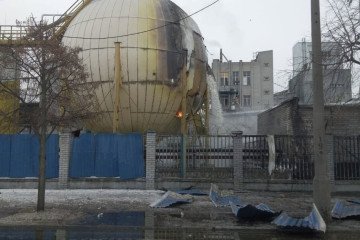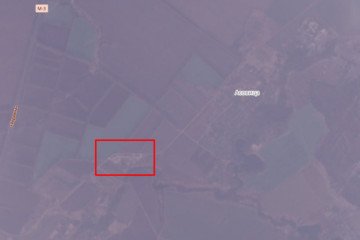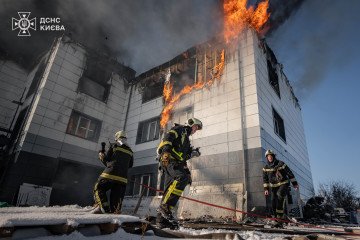- Category
- Latest news
US Modernizes B-52s, Deploys B-21s as Russia’s Bomber Fleet Cripples After Ukraine’s Operation Spider Web

While Russia reels from the largest loss of strategic bombers in modern warfare, caused by the Ukrainian operation Spider Web, the United States is accelerating the complete overhaul of its air-based nuclear deterrent, positioning itself as the world’s unmatched aerial strike power.
According to a report by the Congressional Research Service, the US Air Force is undergoing a sweeping modernization of its strategic bomber fleet, defense media outlet Army Recognition reported on June 20.
This includes major upgrades to the legacy B-52 Stratofortress and the stealthy B-2 Spirit, alongside the induction of the next-generation B-21 Raider, designed to deliver both nuclear and conventional strikes in highly contested environments.

Army Recognition underscored the urgency of maintaining superiority against near-peer rivals like China and, increasingly, a beleaguered but aggressive Russia.
That same month, the contrast between US preparedness and Russian vulnerability became stark. Ukraine’s Security Service (SBU) confirmed that a wave of FPV drone strikes on Russian airbases—known as Operation Spider Web—destroyed or severely damaged 34% of Russia’s strategic cruise missile carrier fleet.
This marks the first time in military history that a nation’s strategic bombers were taken out by swarms of small, low-cost drones.
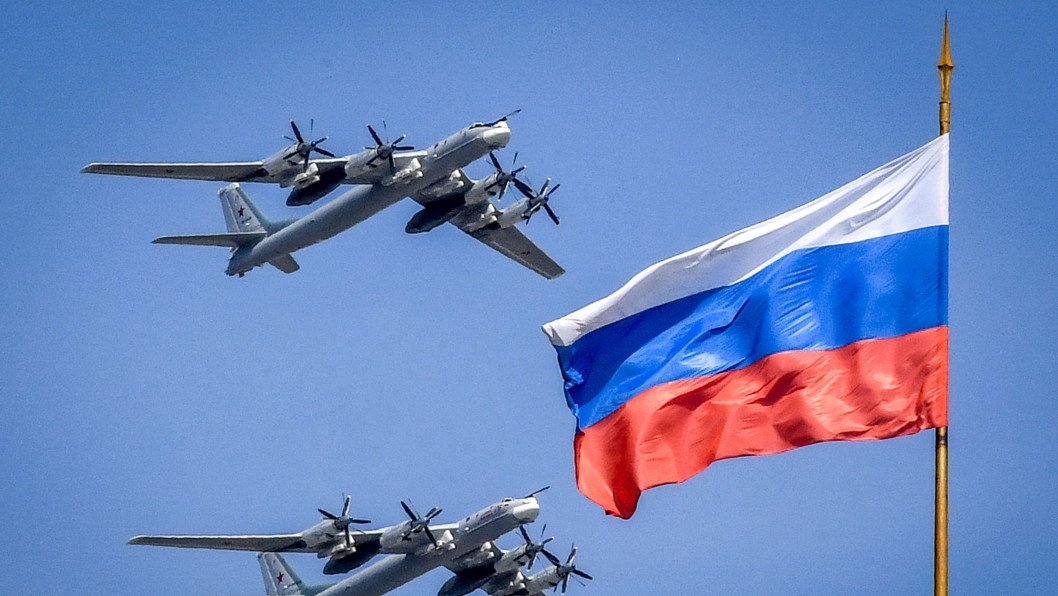
Ukrainian defense outlet Defense Express reported that the losses to Russia could easily surpass $7 billion, but warned that the true toll is strategic, not financial: “The real cost isn’t in replacing the equipment – it’s the strategic setback.”
The American edge: bomber modernization in full swing
The United States’ strategic air force rests on a triad of bombers, all now undergoing significant modernization:
B-52 Stratofortress: a Cold War-era workhorse, the B-52 remains a cornerstone of US long-range strike capability. Through the Commercial Engine Replacement Program (CERP), its 1960s-era engines are being replaced with modern Rolls-Royce F130 units to boost range, efficiency, and reliability. The aircraft is also receiving a new Active Electronically Scanned Array (AESA) radar and compatibility with the Long-Range Standoff (LRSO) nuclear cruise missile, ensuring relevance through the 2040s.
![Boeing B-52H static display with weapons, Barksdale Air Force Base, 2006. A second B-52H can be seen in flight in the background. (Source: Wikimedia) Boeing B-52H static display with weapons, Barksdale Air Force Base, 2006. A second B-52H can be seen in flight in the background. (Source: Wikimedia)]()
Boeing B-52H static display with weapons, Barksdale Air Force Base, 2006. A second B-52H can be seen in flight in the background. (Source: Wikimedia) B-2 Spirit: designed to penetrate advanced air defense networks, the stealthy B-2 is getting a $7 billion upgrade package through 2029, awarded to Northrop Grumman. The upgrades include improvements to stealth coatings, communications, engines, and cockpit systems. Its payload includes the B61 and B83 nuclear bombs and GBU-57 Massive Ordnance Penetrators for hardened targets.
![A B-2 Spirit Stealth Bomber proceeds to an undisclosed location after completing a mission over Iraq, March 27, 2003. (Source: Getty Images) A B-2 Spirit Stealth Bomber proceeds to an undisclosed location after completing a mission over Iraq, March 27, 2003. (Source: Getty Images)]()
A B-2 Spirit Stealth Bomber proceeds to an undisclosed location after completing a mission over Iraq, March 27, 2003. (Source: Getty Images) B-21 Raider: the future of US strategic bombing, the B-21 features open-architecture design, cutting-edge stealth, and deep-strike capabilities. Although still in low-rate production, over 200 test flights have already been completed. The Air Force plans to procure at least 100 units, but lawmakers and military planners are pushing for up to 200 to meet global demands, especially in the Pacific.
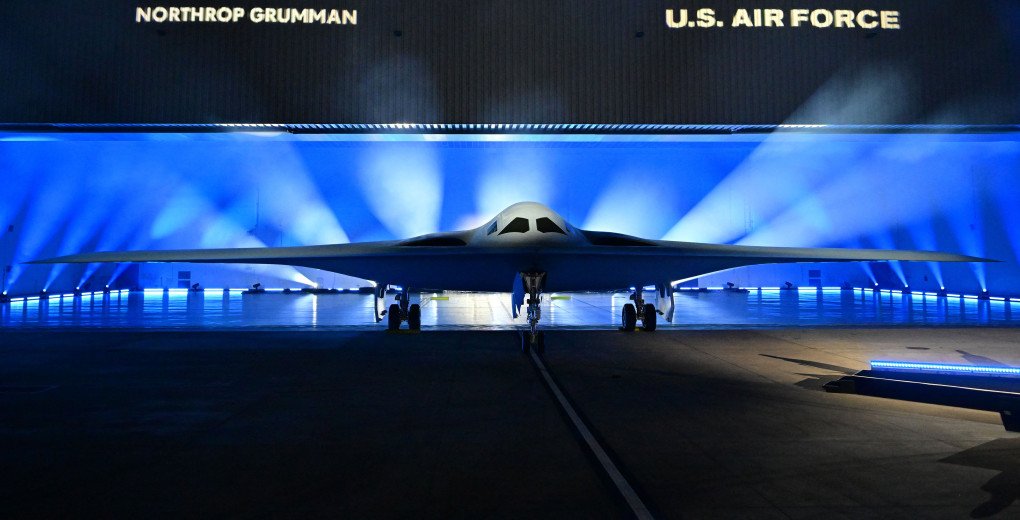
These three platforms, when fully deployed, will offer a uniquely flexible and survivable strike force—something no adversary can currently match.
Russia’s air-based nuclear triad leg crippled
Operation Spider Web inflicted historic losses on the Russian Air Force, targeting long-range bombers including the Tu-95MS, Tu-160, and Tu-22M3. According to the SBU, the drones intentionally struck critical sections of the aircraft, rendering them irreparable.
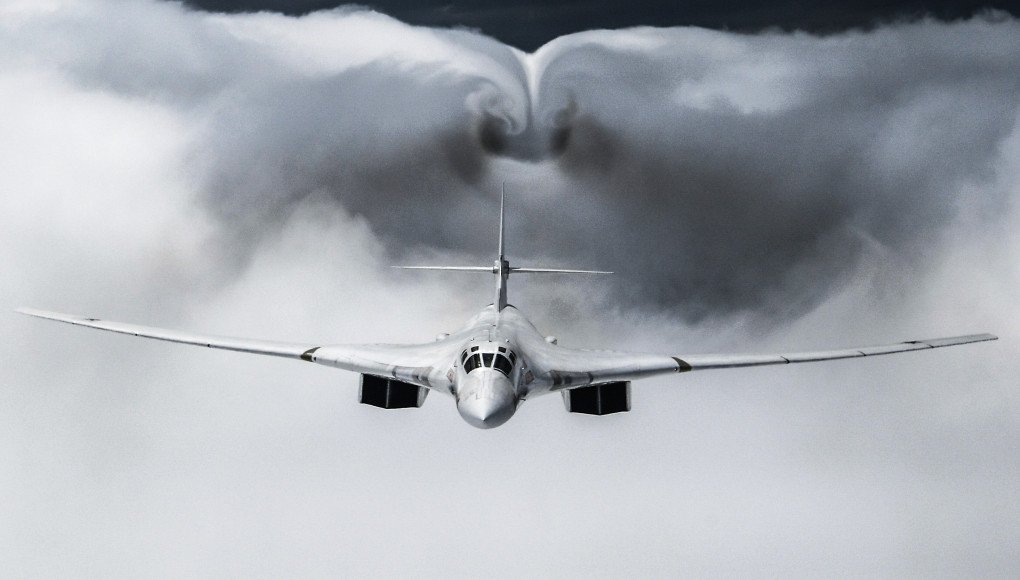
Russia has not built a new strategic bomber from scratch since the early 1990s. The Tu-160M2 “Blackjack” bombers currently being introduced are reconstructed from uncompleted Soviet-era airframes.
Since 2022, only two have been fully assembled, with two more under construction. Out of the total estimated 12 to 18 Tu-160s, five are currently grounded for repairs in Kazan.
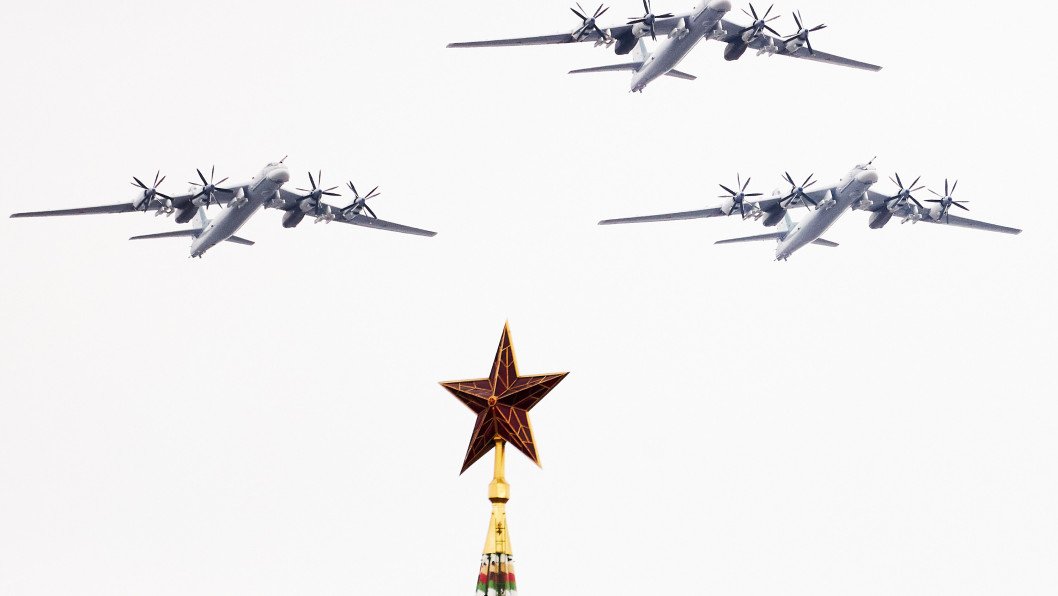
The Tu-95MS fleet is equally fragile. Of the 40 to 60 in service, only about 18 to 27 have been modernized to the Tu-95MSM standard, capable of launching the Kh-101 cruise missile. Older Tu-95MS-6 variants are not upgradable.
Russia’s Tu-22M3 fleet, while not classified as strategic, remains critical for long-range missions.

However, fewer than 55 remain, and not all are flight-worthy. A modernization program (Tu-22M3M) has stagnated, aiming to revive just six airframes that had sat idle since the Soviet collapse.
As a desperate move, Russia has relocated its remaining strategic bombers to remote bases in Kamchatka, Chukotka, and elsewhere in the Far East, according to satellite imagery published by OSINT analyst AviVector on June 12. The redeployment signals how exposed Russia’s bomber force has become.
PAK DA: Russia’s paper stealth bomber
The PAK DA, or “Izdeliye 80,” is Russia’s stealth bomber project meant to rival the B-21. Yet more than 12 years after the program’s start, only a mock-up exists. No flight-capable prototype has been built.
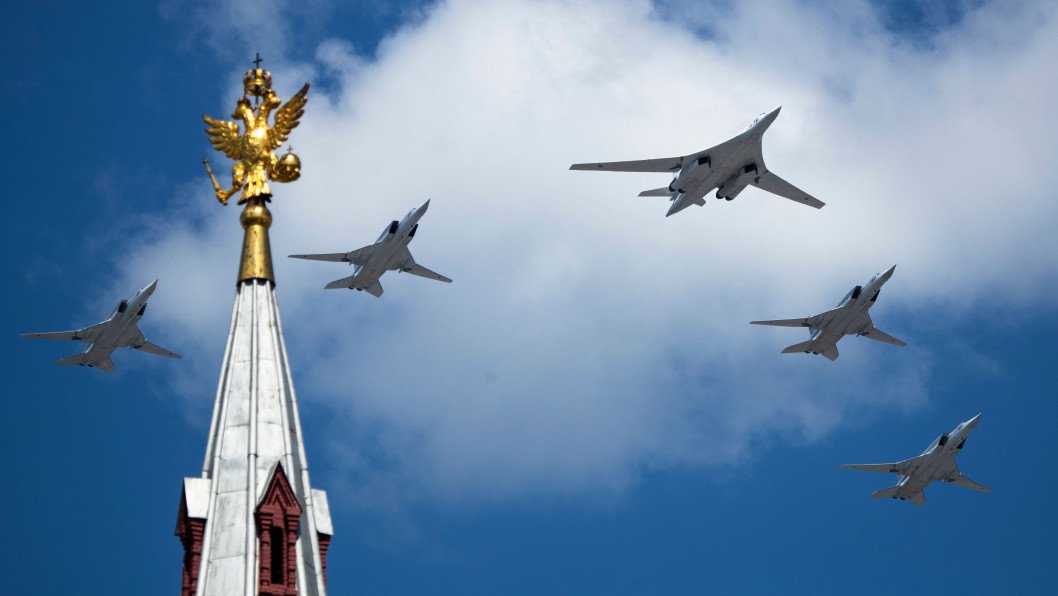
Once advertised for a first flight in 2025 and deployment by 2027, the program has seen repeated delays. Western analysts believe that under current economic and wartime constraints, a functional PAK DA is 10–20 years away at best—if it materializes at all.
Earlier, the US Air Force unveiled the first official rendering of its next-generation nuclear cruise missile, the AGM-181 Long-Range Standoff (LRSO), marking a major milestone in the effort to modernize America’s airborne leg of the nuclear triad.
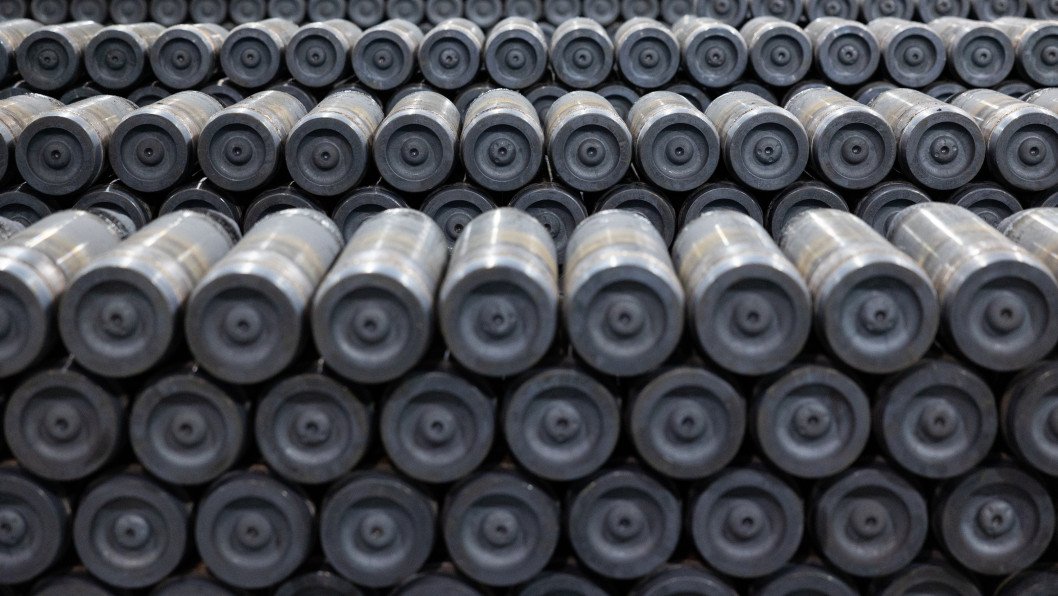
The AGM-181 LRSO is designed to replace the aging AGM-86B Air-Launched Cruise Missile (ALCM), in service since 1982. The new missile will be deployed from both the upgraded B-52J Stratofortress and the stealthy new B-21 Raider bomber, forming a key part of America’s future nuclear strike force.
Powered by a Williams F107-WI-106 turbofan engine, the LRSO is expected to fly at subsonic speeds with a classified range projected to exceed 2,500 kilometers (over 1,500 miles). The missile will carry a W80-4 thermonuclear warhead with selectable yields of 5 or 150 kilotons, modernized for improved safety, reliability, and security. Production of the warhead is scheduled to begin in 2027.


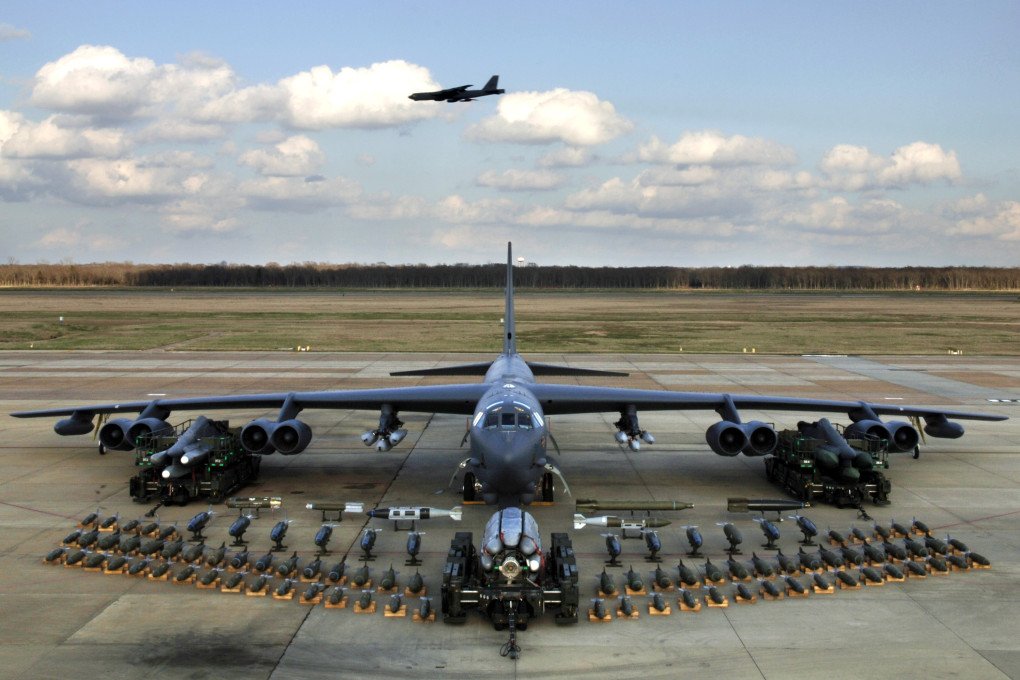
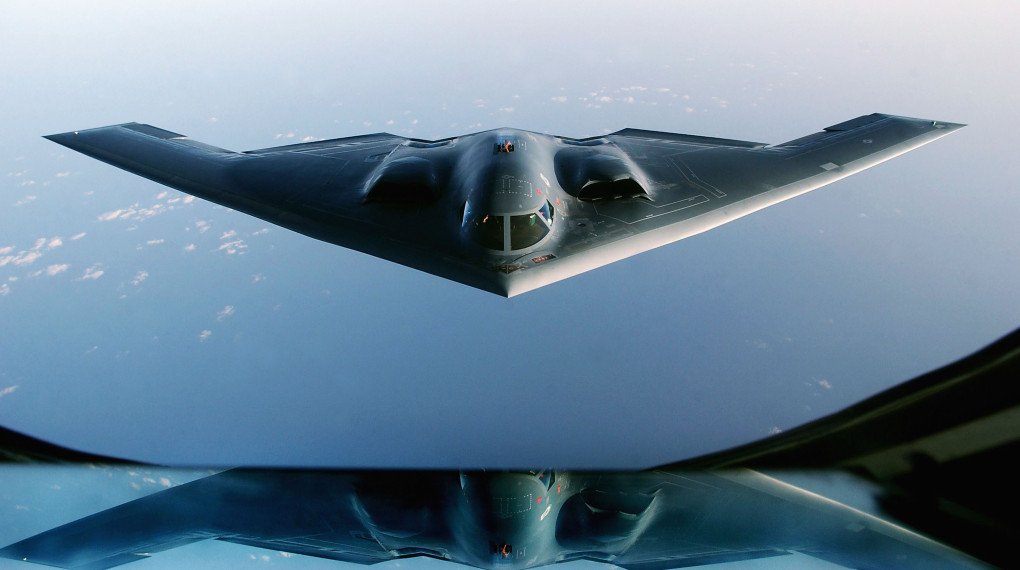

-111f0e5095e02c02446ffed57bfb0ab1.jpeg)
